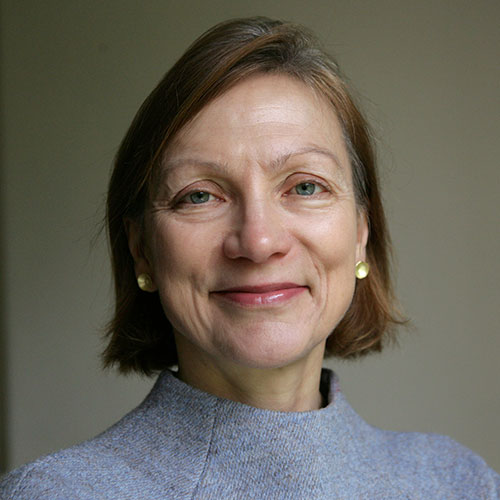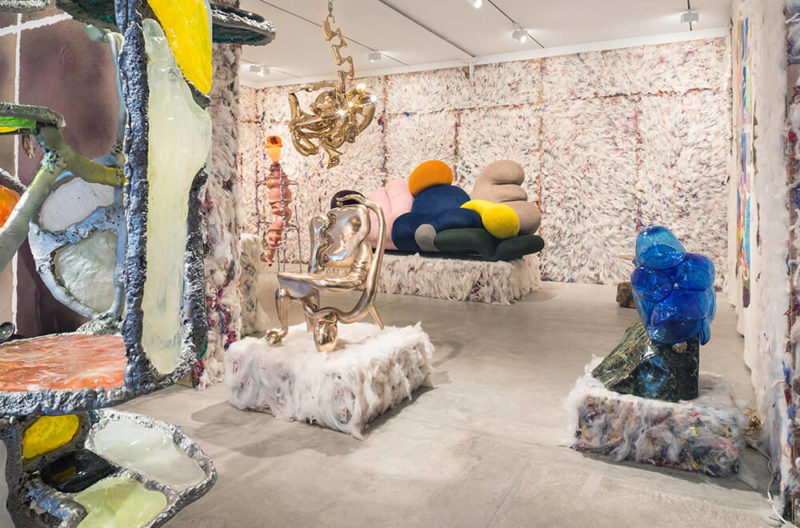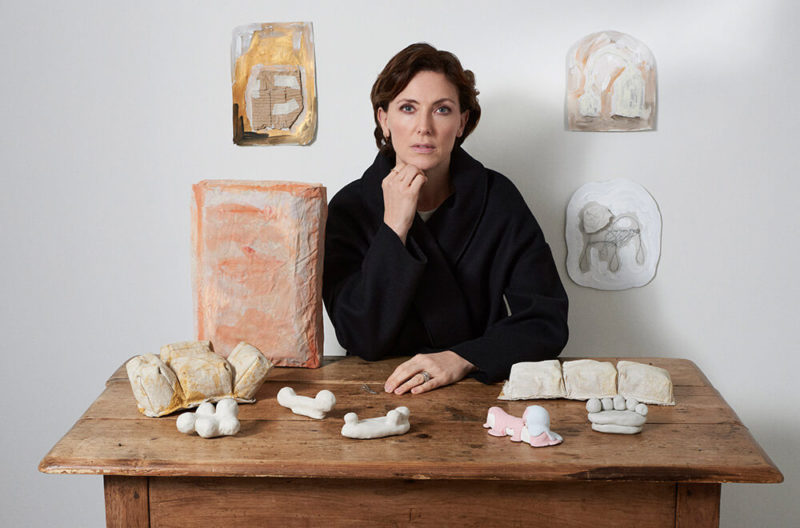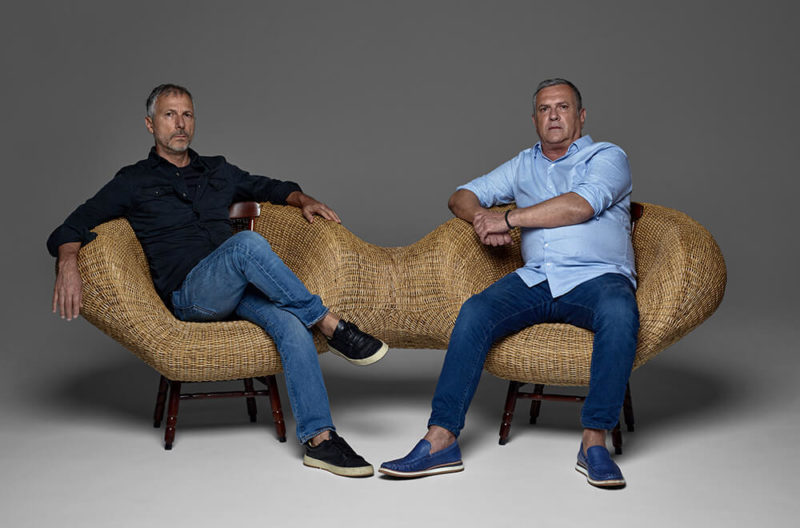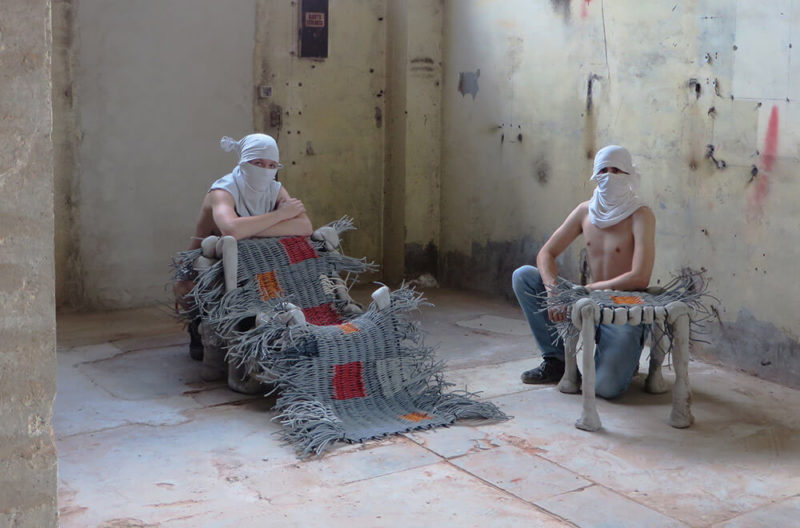In The Hot Seat / Marc Benda and Jennifer Olshin
Friedman Benda – redefining the field of design by embracing interdisciplinary practices and promoting intergenerational dialogue.
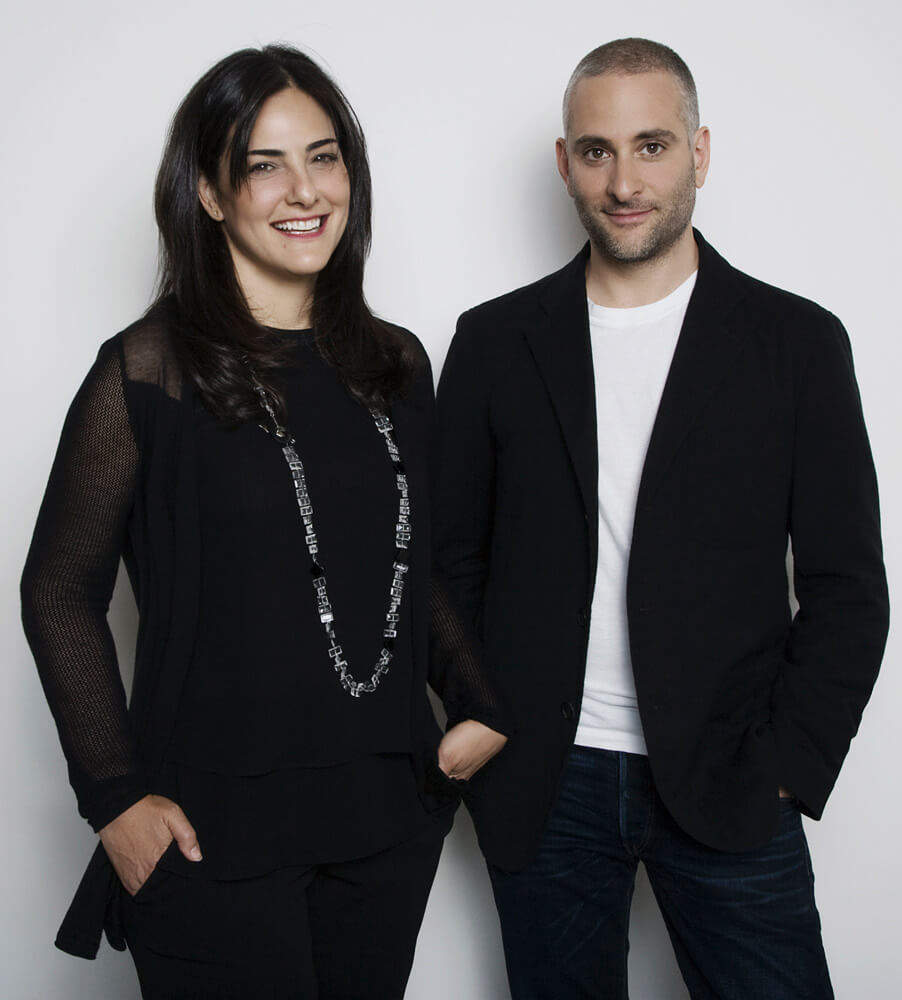
Marc Benda and Jennifer Olshin
COURTESY: Friedman Benda
FRIEDMAN BENDA HAS been championing radical collectible design in New York for thirteen years. With the world learning to navigate its way through a pandemic, TDE sat down for a Zoom call with gallery founder Marc Benda and partner Jennifer Olshin, to hear their history and look into the future.
The Design Edit (TDE): How and why did you (each) join/found Friedman Benda?
Marc Benda: I started working with Barry Friedman in 2002, to build a roster of living artists – having previously collaborated with him on a number of acquisitions. Within four years we spun off Friedman Benda from the main Barry Friedman operation.
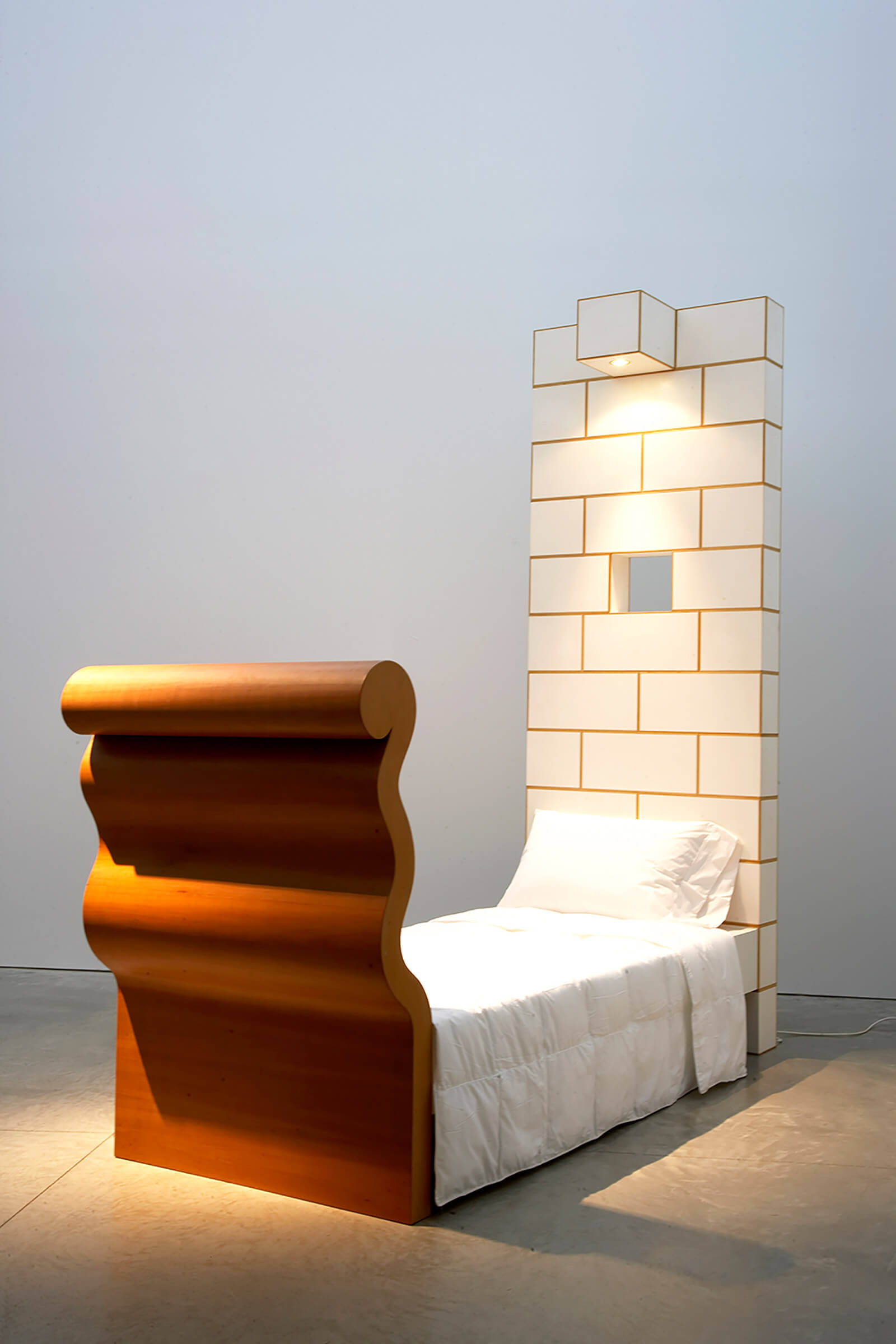
Installation view, Ettore Sottsass ‘Archetypes’, 2008
COURTESY: Friedman Benda and Ettore Sottsass / PHOTOGRAPH: Jay Hanna
Jennifer Olshin: I started right at the outset, in the summer of 2007, as director of the gallery. I joined Friedman Benda because I wanted to work with living artists and designers. My first job had been at a contemporary art gallery on Crosby Street, in New York, in Soho, surrounded by machine shops. At the end of the summer, a renowned sculptor we worked with asked me what I was doing next and I said, “I’m going to work at the Metropolitan Museum of Art” and he replied, “Well why would you want to do that and hang around with all the ashes when you could be with the flames?” I carried on to work at the Met, in academia and at Christie’s auction house, delving into all the facets of connoisseurship and knowledge of historic material. Then thirteen years ago, when I joined Friedman Benda, I realised that I had come full circle and was back in the flames. For me, it was about being part of the history that is being written now.
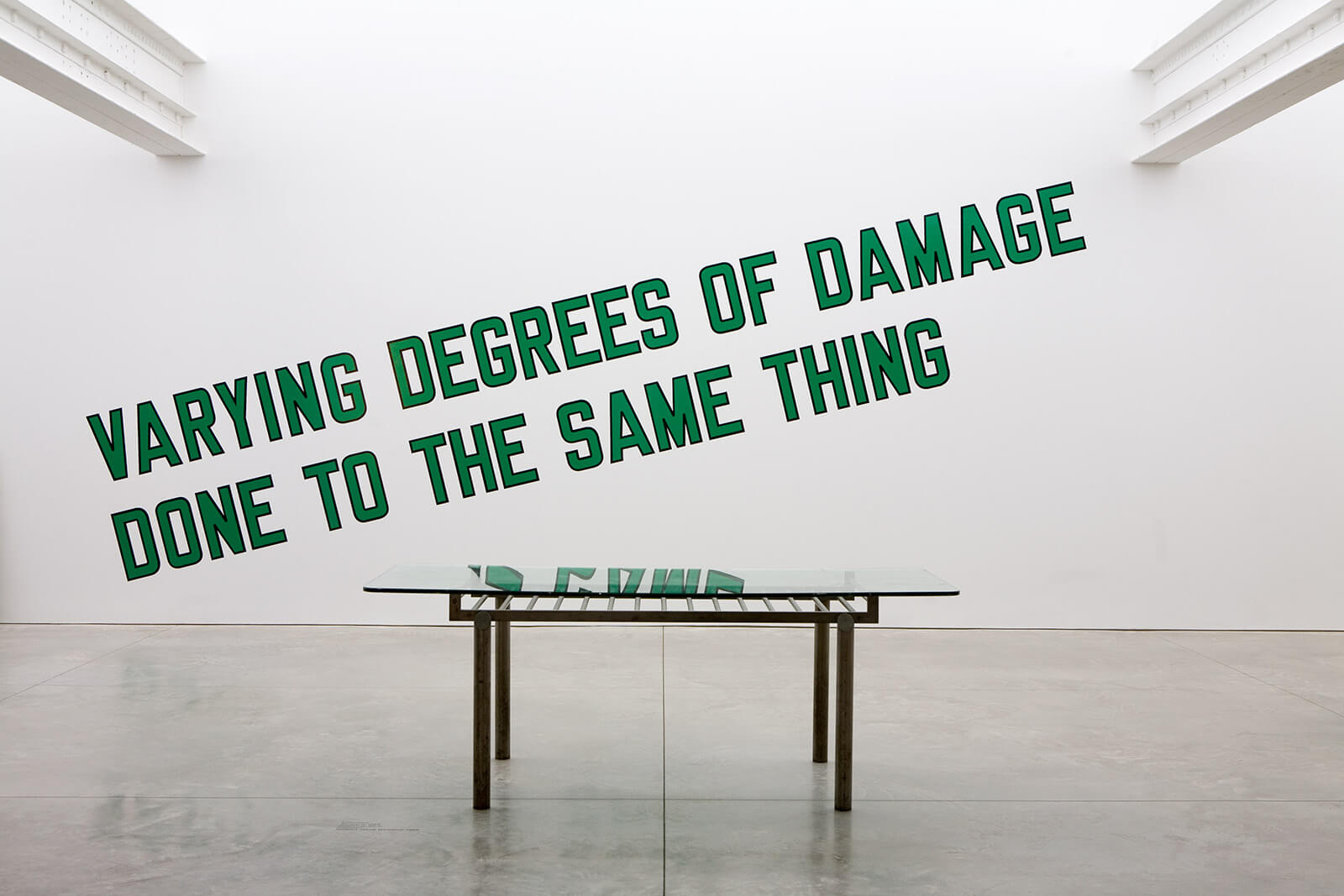
Installation view ‘In Their Own Words’, 2008
COURTESY: Friedman Benda
TDE: What were each of you pursuing?
Marc Benda: I was after a couple of things. My parents were collectors and I knew of Barry as being the most illustrious dealer in the field that we were interested in. My idea of coming to work for Barry was, on the one hand, I wanted to live in New York, and secondly, I had this idea of starting this programme of living designers alongside living artists, and of representing living designers in the same way as we represent artists. It was a concept that wasn’t fully formed in 2002. The works by the most prominent living designers were sold as very cool furniture, and they were perceived as important voices, but at that stage it was more of a lifestyle decision than a deep inquiry to include their work in collections. I wanted to shift that. Barry Friedman’s was a formidable platform, because Barry had decades long relationships with some of the key collectors and institutions in the world.
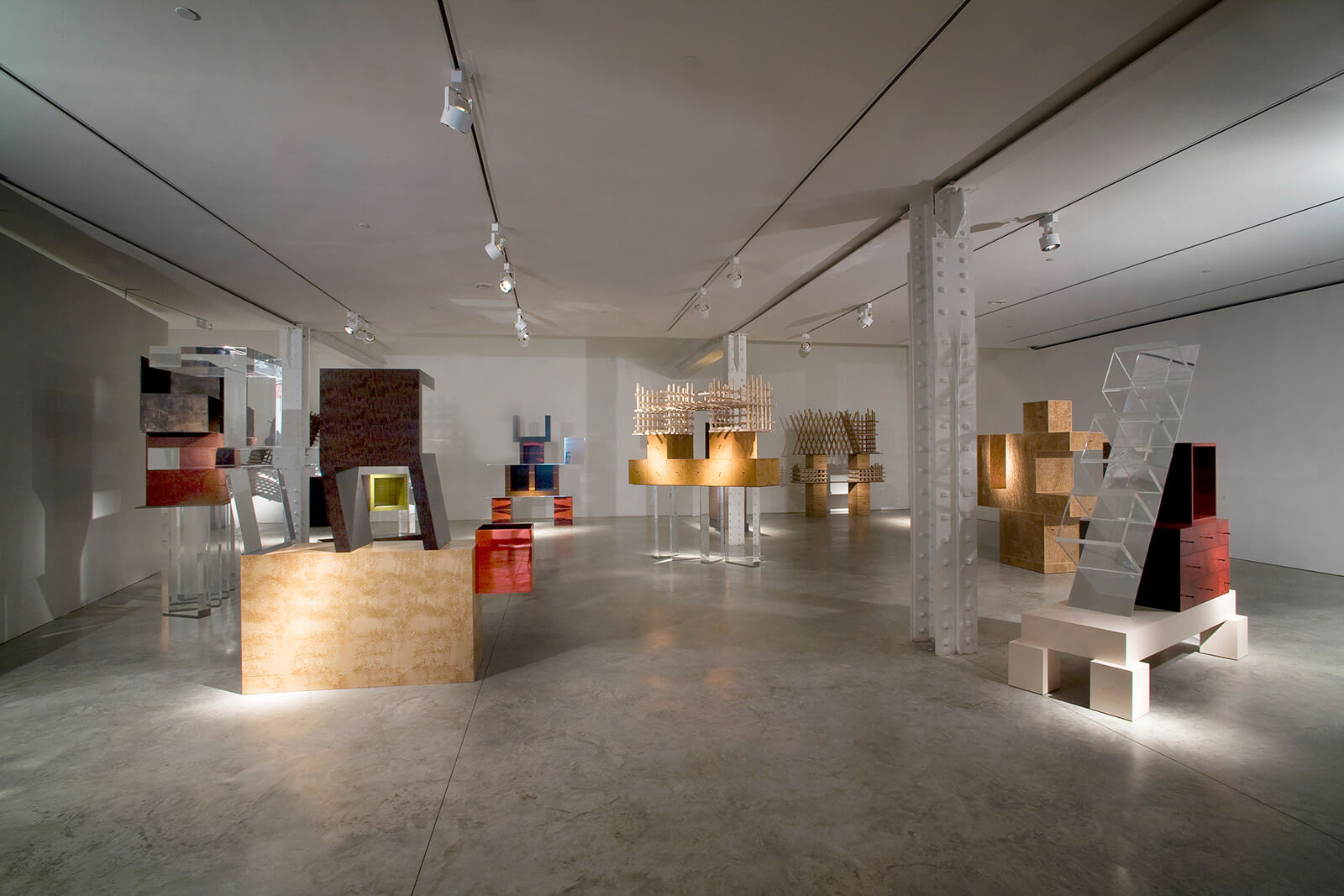
Installation view, Ettore Sottsass ‘New Work’, 2007
COURTESY: Friedman Benda and Ettore Sottsass / PHOTOGRAPH: Bill Orcutt
TDE: Which have been the defining developments of your business?
Marc Benda: The first show that I was responsible for was with Ettore Sottsass, in 2004. It was his first show in New York since the 1980s at Blum Helman. I wouldn’t say that this was the most defining moment, but it was the first defining moment. In fact, I think that we have these defining moments several times a year where something clicks – you realise that an artist has just discovered something and you can make a connection with something that was discovered thirty years ago that is also within your own programme. These defining moments always had a cultural component too, the realisation that you were doing more than showing a piece of furniture and placing that. Really important for me personally was the idea from very early on that institutions were interested. When the curator from the Met came to the Sottsass opening, I saw as much an institution as an individual visiting the exhibition. The other thing was the idea that you are not alone. There are many who have furniture in their homes as inanimate, utilitarian objects and there are those who engage with objects, let them have a presence and a dialogue, and that was a very important development for me.
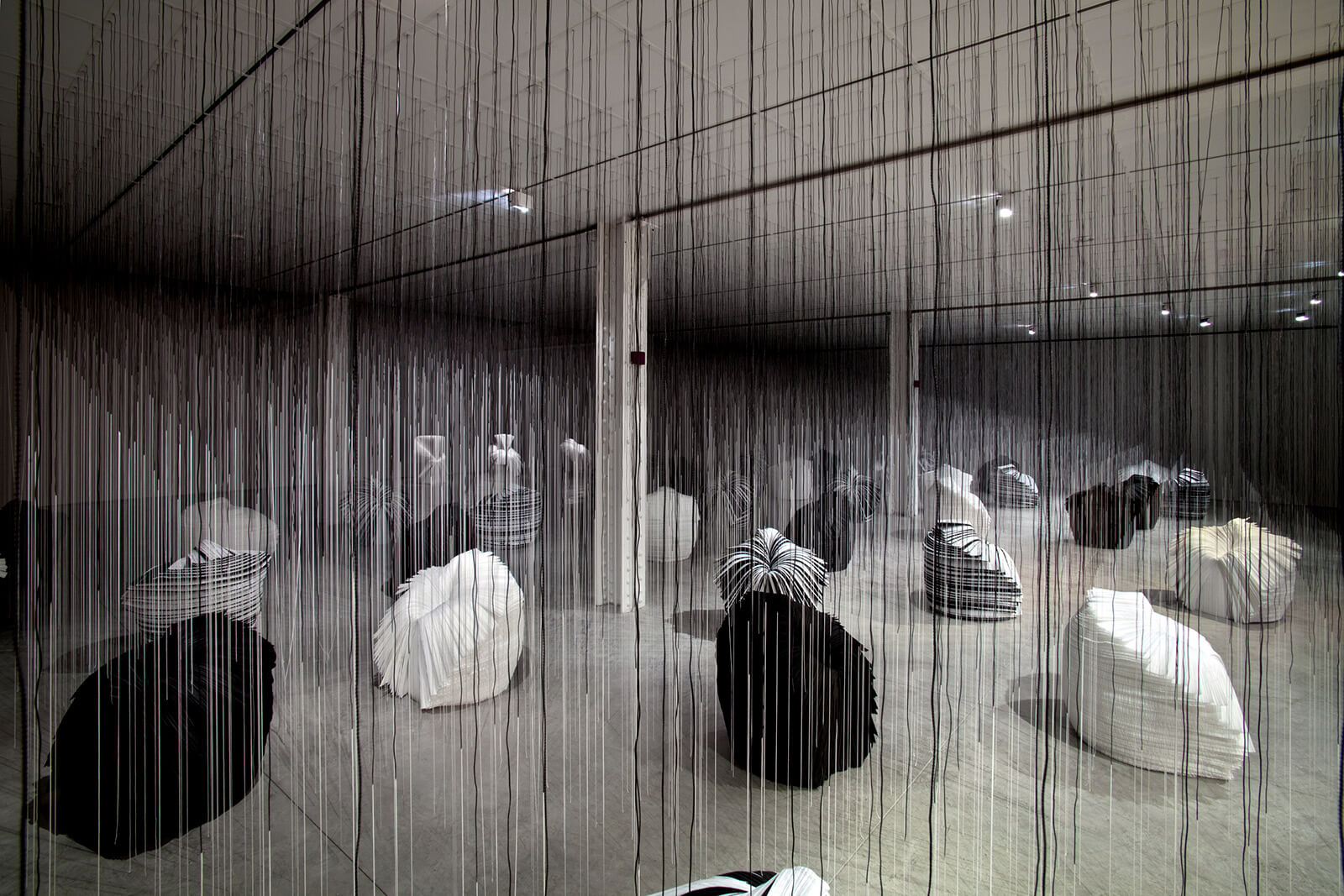
Installation view, Nendo ‘Ghost Stories’, 2009
COURTESY: Friedman Benda / PHOTOGRAPH: Jimmy Cohrssen
Jennifer Olshin: There have been several overarching shifts in our field and the gallery has been a part of that evolution. One very important shift has been the recognition of interdisciplinary practices. There are those in the programme who identify as ceramicists, glassmakers, architects and they are steadfast in their exploration of those material vocabularies and possibilities. But now, we are also able to show artists and designers whose ideas are the primary driving force; so they start with the idea and the material is determined later. That is now a given in our field, designers are less defined by their material. Also in tandem with an increasingly global and ethical consciousness, we have expanded geographically to show work from five continents, we are focused on a stronger representation for women, for artists of colour, for unrepresented voices and communities. So it’s more about the broadening of the approach, rather than singular events, that has been redefining the field.
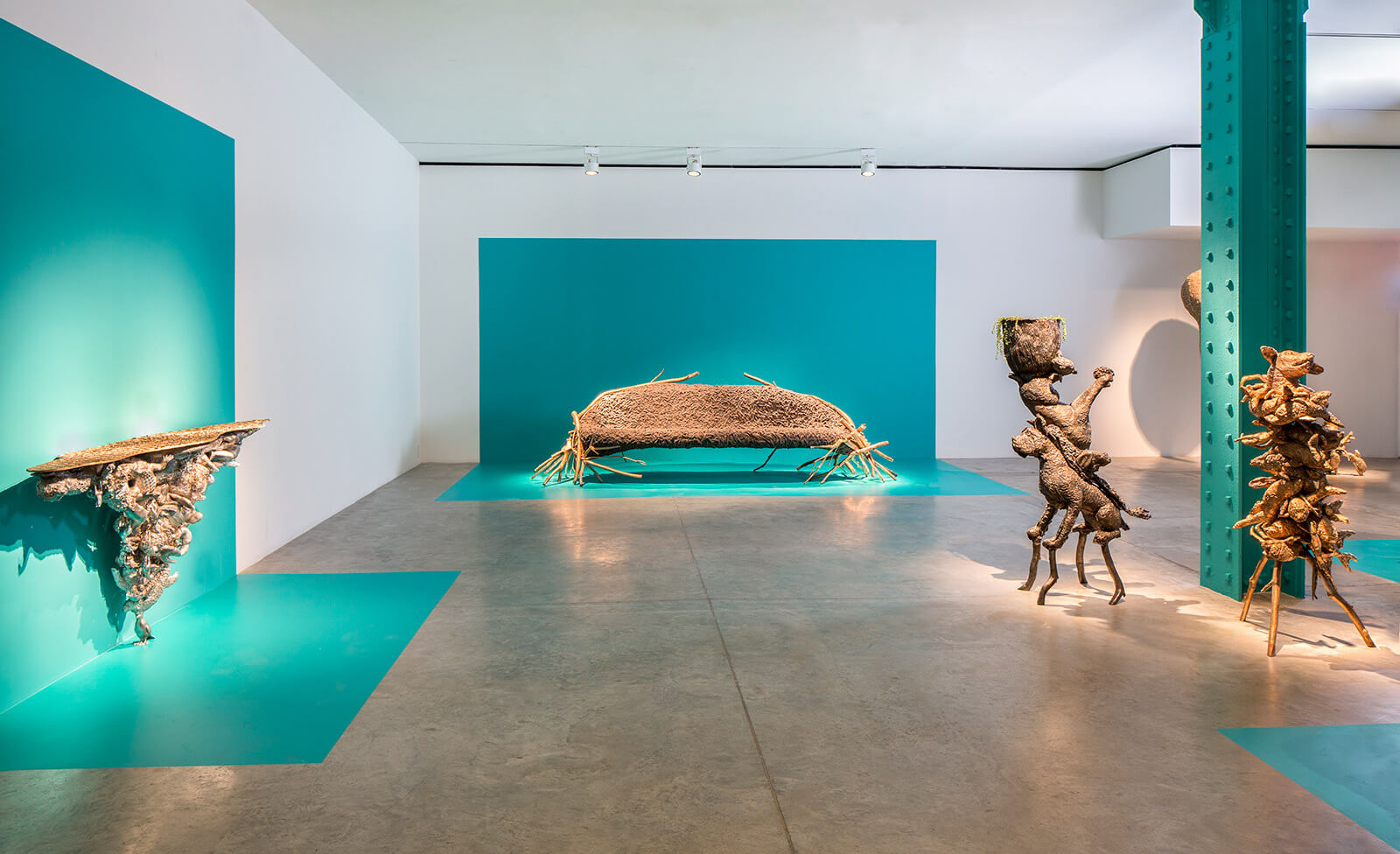
Installation view, Campana Brothers ‘Hybridism’, 2017
COURTESY: Friedman Benda and Estudio Campana / PHOTOGRAPH: Daniel Kukla
TDE: Which have been your favourite moments?
Jennifer Olshin: For me, it’s mostly being there when the spark happens, and when you are able to connect the dots from a thought into fruition, from an instinct into a project, and one is Wendell Castle’s New Environment (2013). That came out of a conversation in 2012 when Wendell came to the gallery with a stack of drawings as a proposal for a show – chairs, tables, lights – and he left with a mandate to join all the objects together and build a pod accessible through a staircase, which was a longtime dream. The result was a two-storey, nine component structural feat. He almost couldn’t conceive of doing that himself before he accepted the challenge. And another moment was visiting rural Swaziland to seek out a collective of weavers to connect to Misha Kahn who was interested in creating work with them. To put this circle of women in contact with Misha Kahn was an incredible moment and what came out of it was an entirely new body of work.
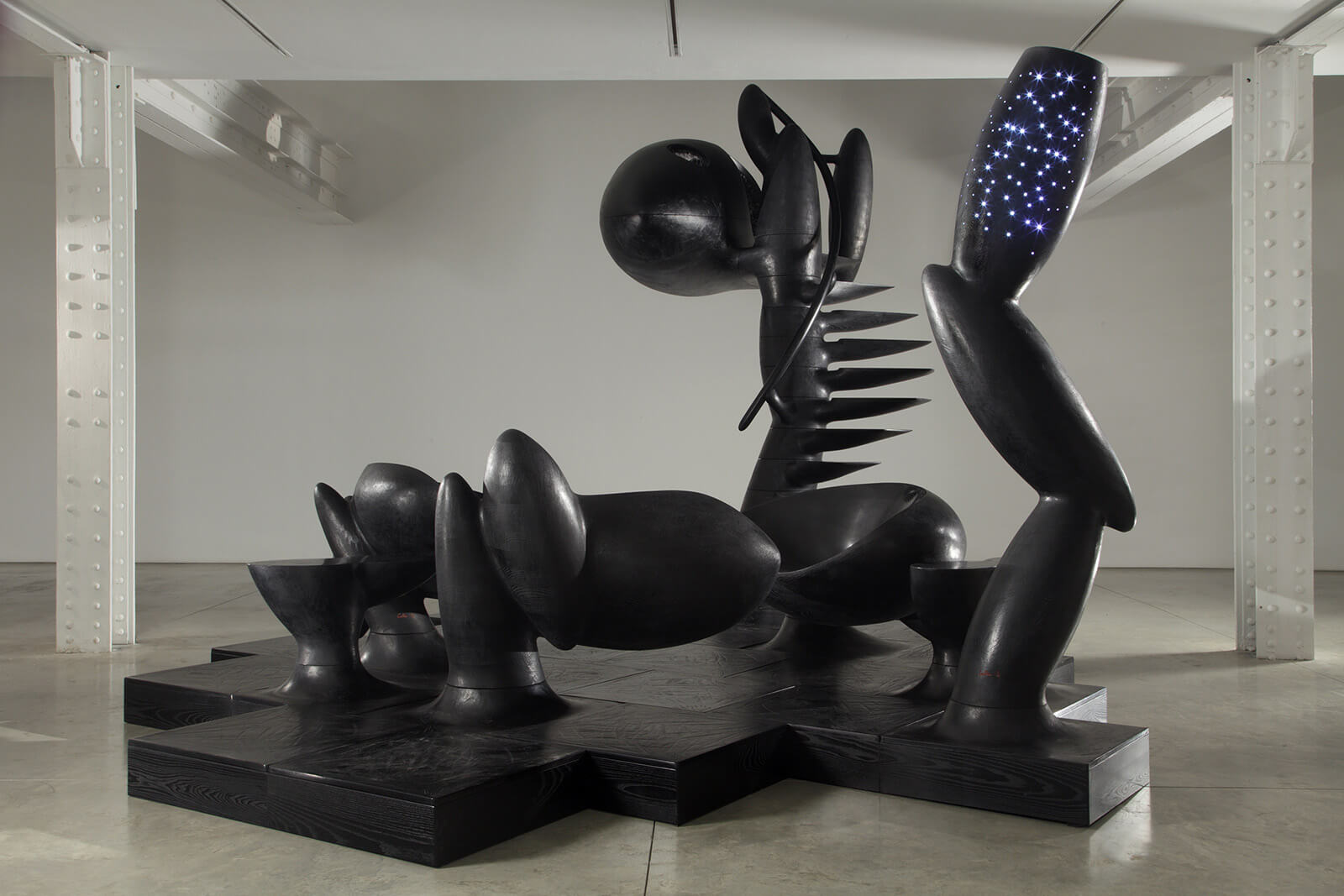
Installation view, Wendell Castle ‘A New Environment’, 2013
COURTESY: Friedman Benda and Wendell Castle / PHOTOGRAPH: Jon Lam
Marc Benda: I don’t think in terms of anecdotes or of momentary things, because we have so many overlapping projects and dialogues going on, it is really hard to pinpoint – it is all woven together. I think the nicest moment for me is when I am able to step back just enough to realise that I am actually doing this, I am actually in this. What is strange is that I don’t think of it as a business as such. Although we have a very rigid approach to how we run the business – in that we try to make sense, we try to be prudent, we try to instill that prudence in our artists – at the same time we don’t think of it as a business, we think of it as a giant and ever-growing pool of stories. This makes it a project rather than a business in my mind. The other thing is these stories live on, they evolve. Misha is still engaged in that dialogue in Swaziland four years on and he built new work based on it.

Installation view, Misha Kahn ‘Soft Bodies, Hard Spaces’, 2020
COURTESY: Friedman Benda and Misha Kahn / PHOTOGRAPH: Daniel Kukla
TDE: Which have been the scariest moments?
Marc Benda: We started the business in 2006, and we opened in September 2007, in a time of exuberance – some people called it irrational exuberance. We went through a year of extreme growth and projections and then found ourselves teetering on the brink in September 2008 with the failure of Lehman Brothers. We realised that there was a precipice – not just for us but for the whole world and any business. For a while we had to fight for our survival and for me this was the scariest moment, because external factors completely out of our control put into question what we took for granted.
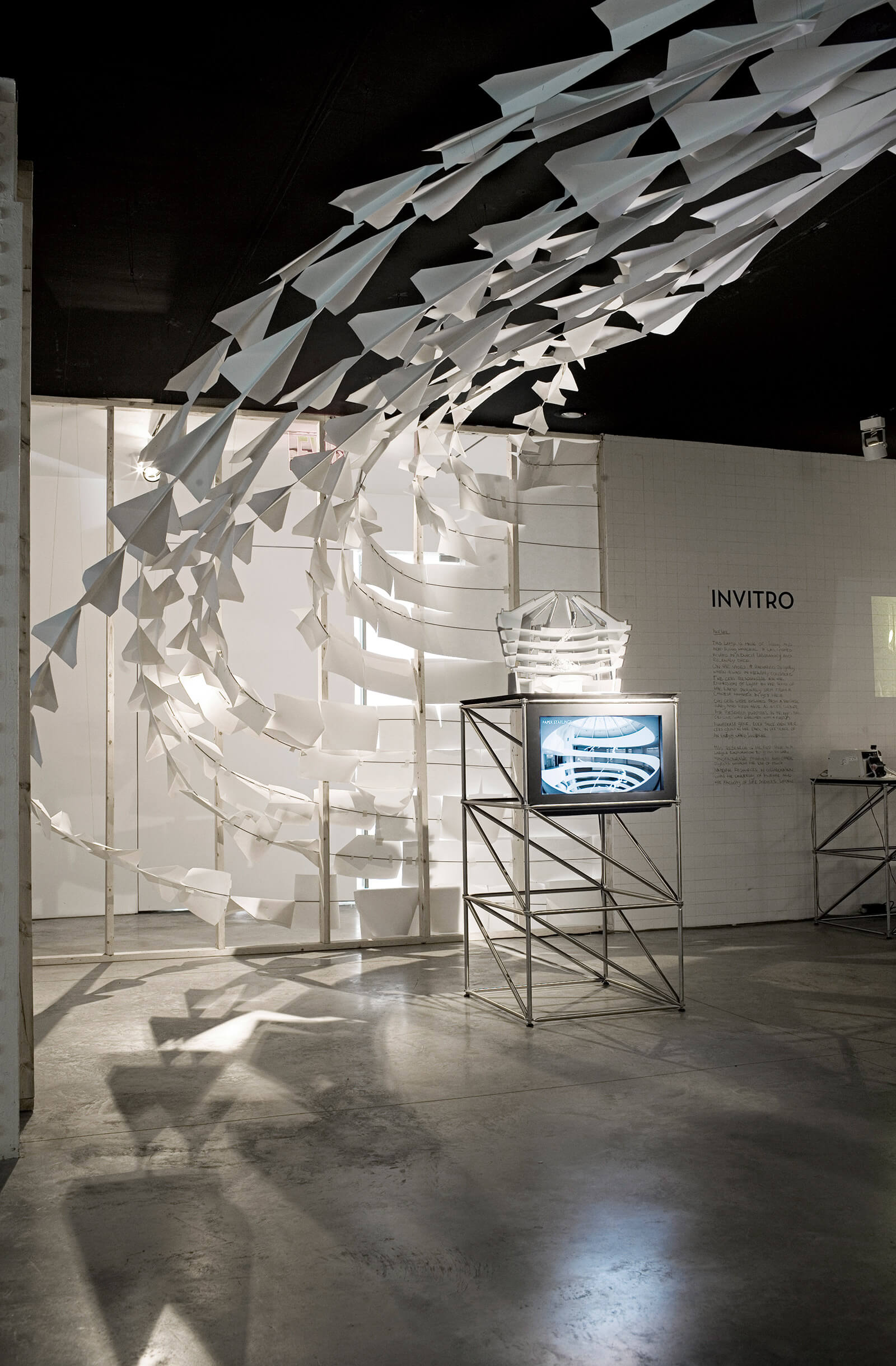
Installation view, Joris Laarman’s first solo US exhibition, 2010
COURTESY: Friedman Benda and Joris Laarman / PHOTOGRAPH: Steve Benisty
“I think our great strength is in creating a platform where designers feel emboldened to take risks and to reinvent themselves”
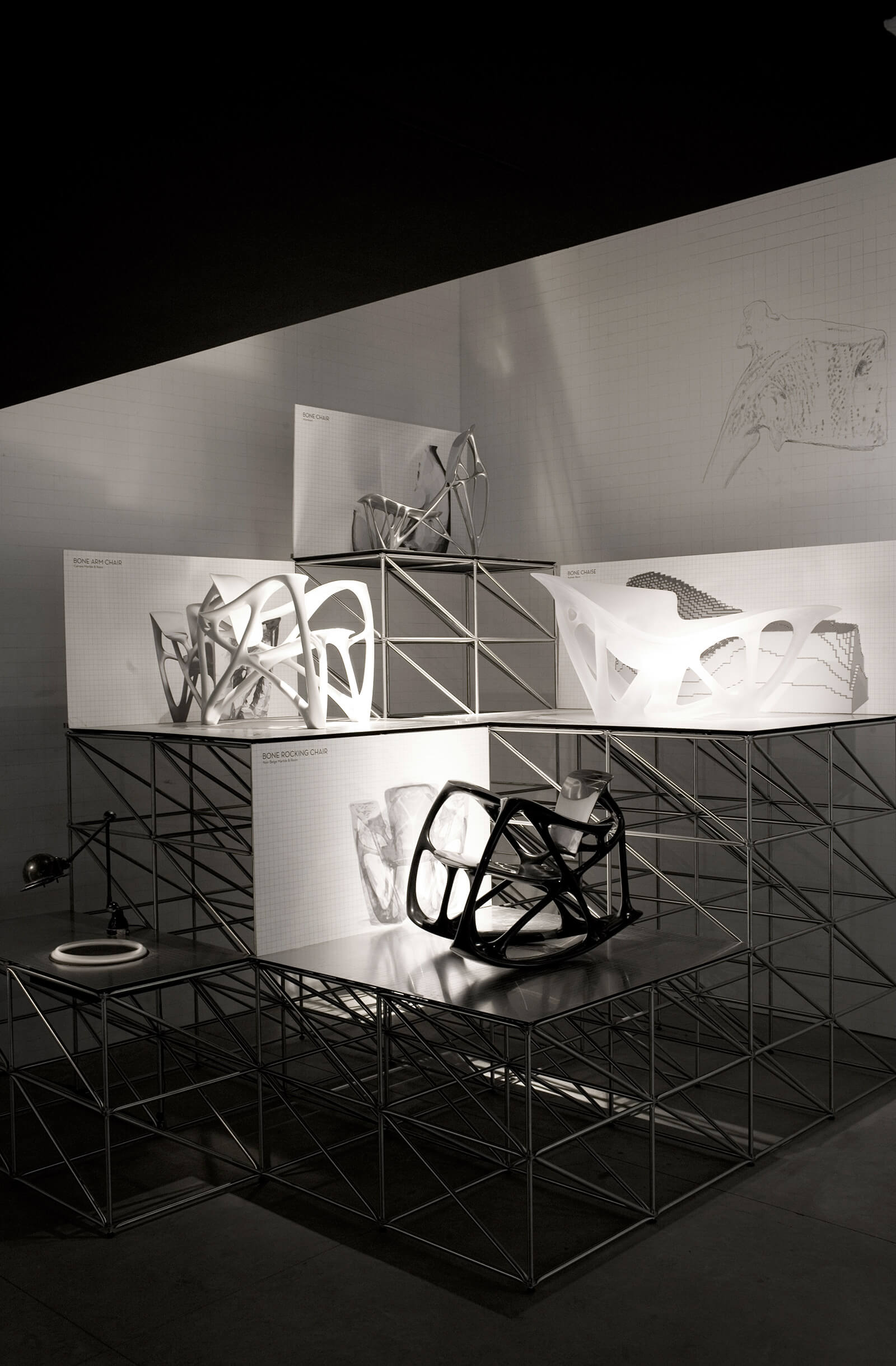
Installation view, Joris Laarman’s first solo US exhibition, 2010
COURTESY: Friedman Benda and Joris Laarman / PHOTOGRAPH: Steve Benisty
“To follow the trajectory of a dream is something that sometimes artists need support to achieve”
How do you balance historic shows with contemporary?
Marc Benda: It’s a dialogue. There is a reason, for example, that we have a rhythm with Sottsass, where we balance out showing his later work with his earlier work. There is a reason that we did a show with Gaetano Pesce and followed that with people who are fifty years his junior – but who are very much picking up where he left off. We want to engage a public that is very much informed by how you analyse contemporary art and hence has the toolset to understand contemporary design. But we also want to diffuse an understanding of design that was made fifty years ago, but was just as radical in all its precepts. This cross and intergenerational dialogue within the galleries is one of the cornerstones of the programme.
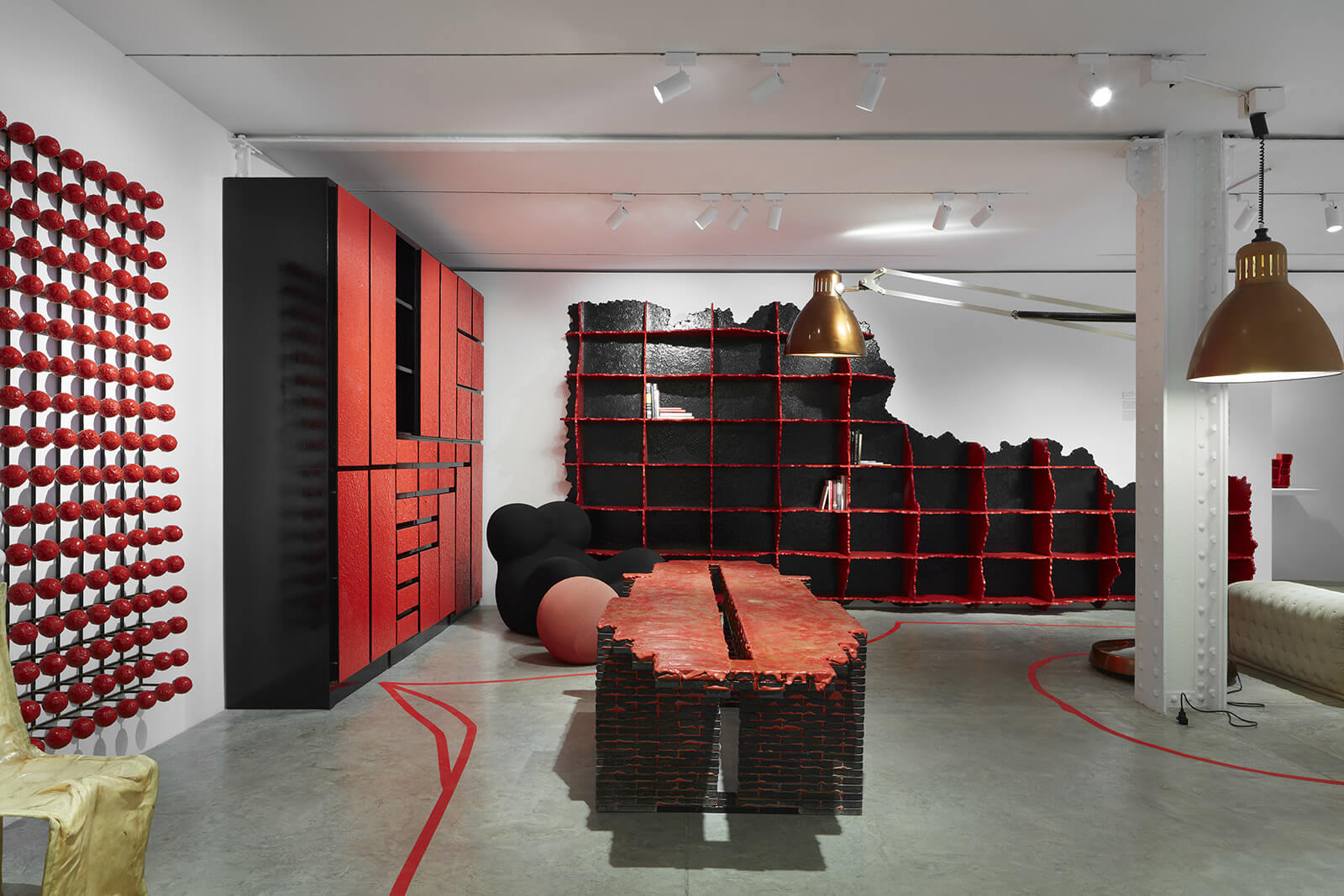
Installation view, Gaetano Pesce ‘Age of Contaminations’, 2019
COURTESY: Friedman Benda and Gaetano Pesce / PHOTOGRAPH: Timothy Doyon
Jennifer Olshin: It’s not that binary – historic and present. There are at least four generations. If you think about the Campana Brothers, for instance, they definitely inherited the legacy of all those designers who broke the rules in the postwar period, but have been forging ahead with their own innovations for 30+ years on their own – all the while broadly influencing two later generations of designers internationally. As we grow and expand we are able to create these multilayers and cross-pollinations.
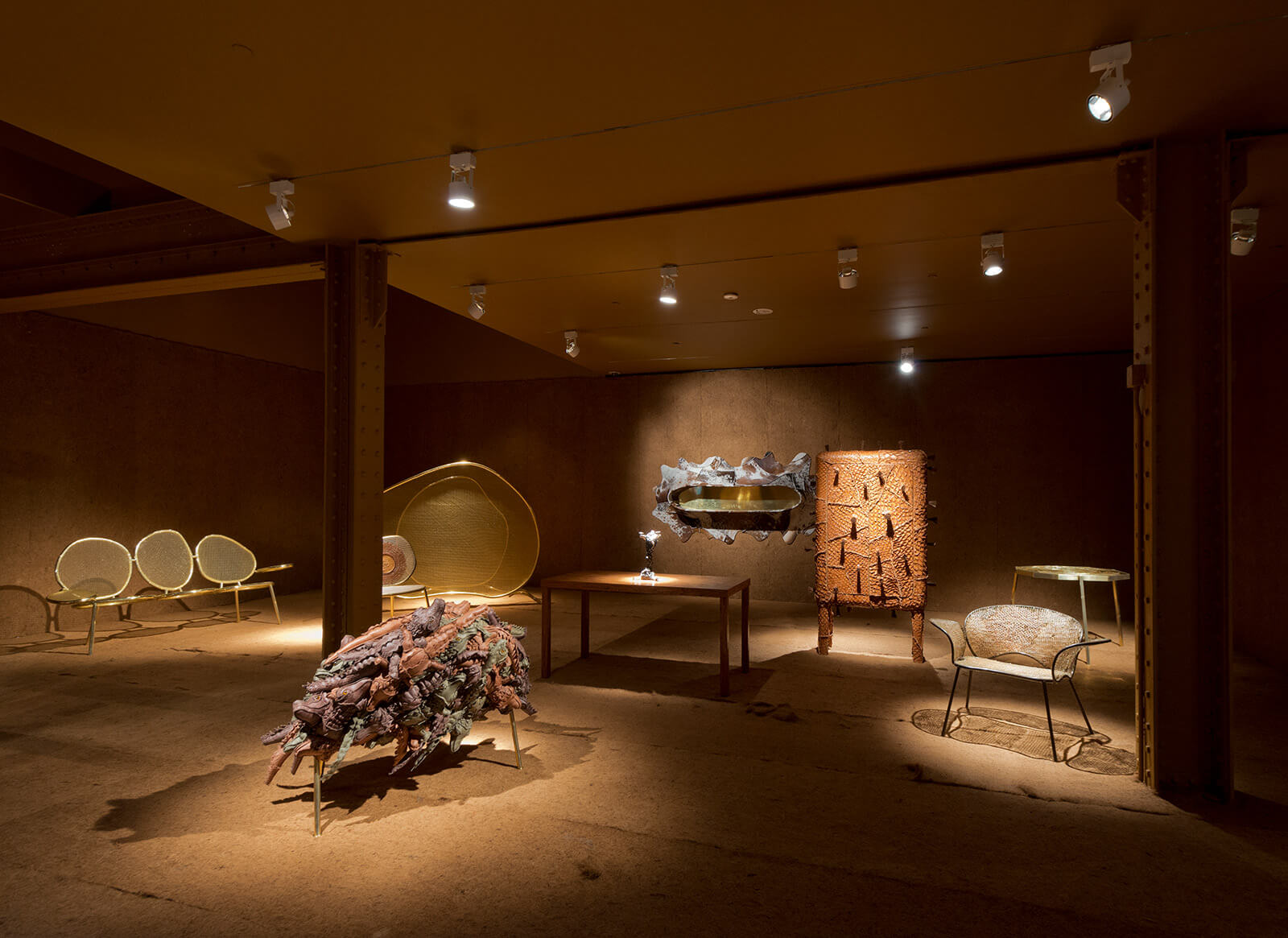
Installation view, Campana Brothers ‘Concepts’, 2013
COURTESY: Friedman Benda and Estudio Campana / PHOTOGRAPH: Adam Reich
Marc Benda: We have often taken on people who are still in school, or have just left. But we have also taken on people who created magic in their day and were conventionally seen as someone who had seen their day, and it was interesting to pick up where they had left off – for instance [Andrea] Branzi, Campana, Byung Hoon Choi and Wendell Castle. These dialogues with people who were so relevant but not necessarily at the moment in which our dialogue was happening, were very important for me. I have learned tremendously from the collective experience and history of the artists I have worked with. It was equally incredible when we were able to bring decades-long investigations into the present and from a historical into a contemporary dialogue.
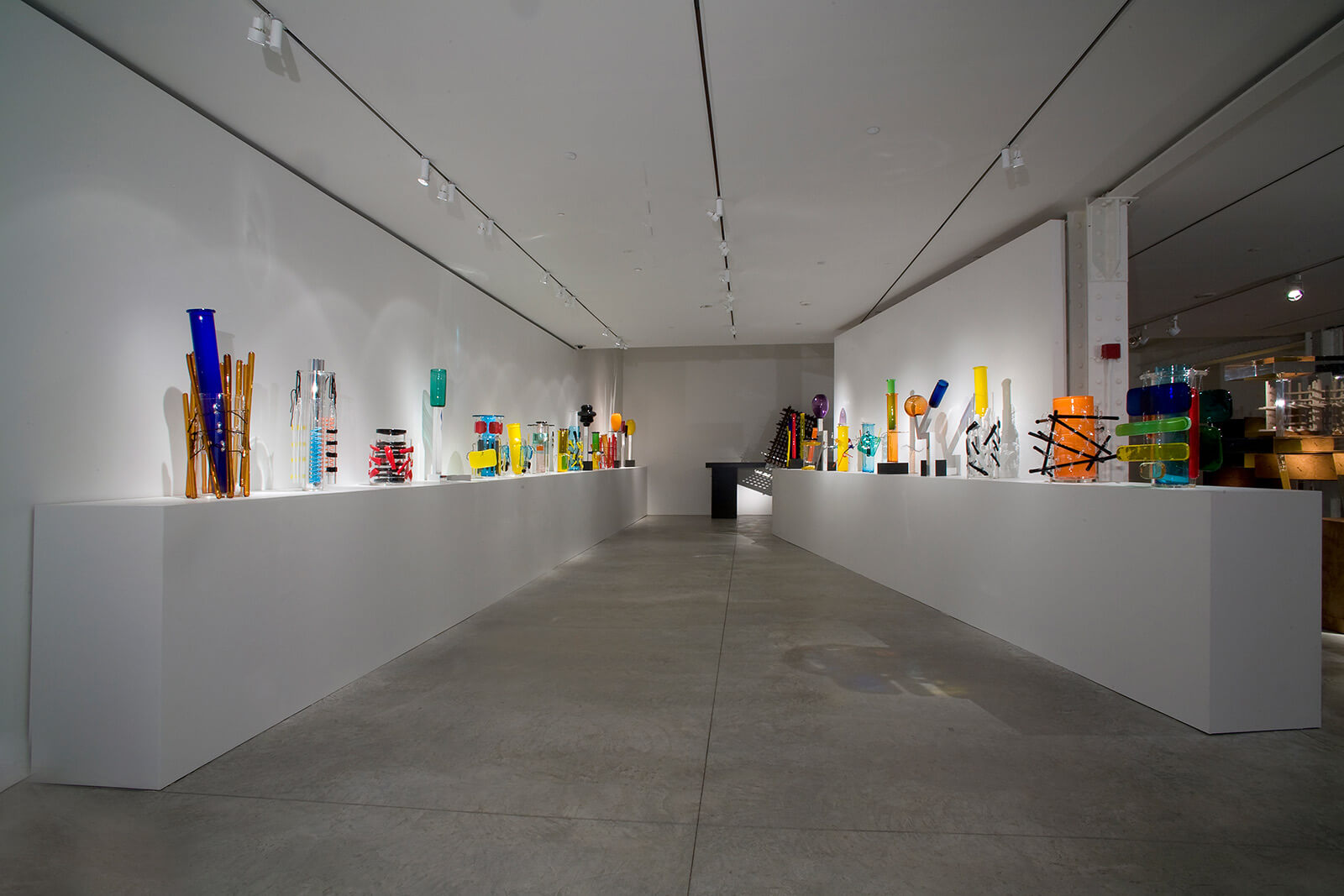
Installation view, Ettore Sottsass ‘New Work’, 2007
COURTESY: Friedman Benda and Ettore Sottsass / PHOTOGRAPH: Bill Orcutt
TDE: How have you found it being in the flames?
Jennifer Olshin: It’s been intriguing to hold a mirror to what is going on in the world today, not just with the artists themselves but with the predicaments they live in and that we all share. It’s fundamentally inspiring to be a human and experience all that is going on but even more so to be in a position to find and amplify those who are able to articulate it through design. There is no right and wrong. We once did a show at the gallery called In Their Own Words and we showed a fragment of a Prouvé house and realised how different the intention of that moment was when he built these prefab houses in the jungle, versus how it was perceived later in the market. We have to put our weight behind contemporary visions sometimes at the very moment they are expressed, but we don’t know what’s going to happen next and so it’s taking a risk, it’s a gamble each time, and that’s exciting.
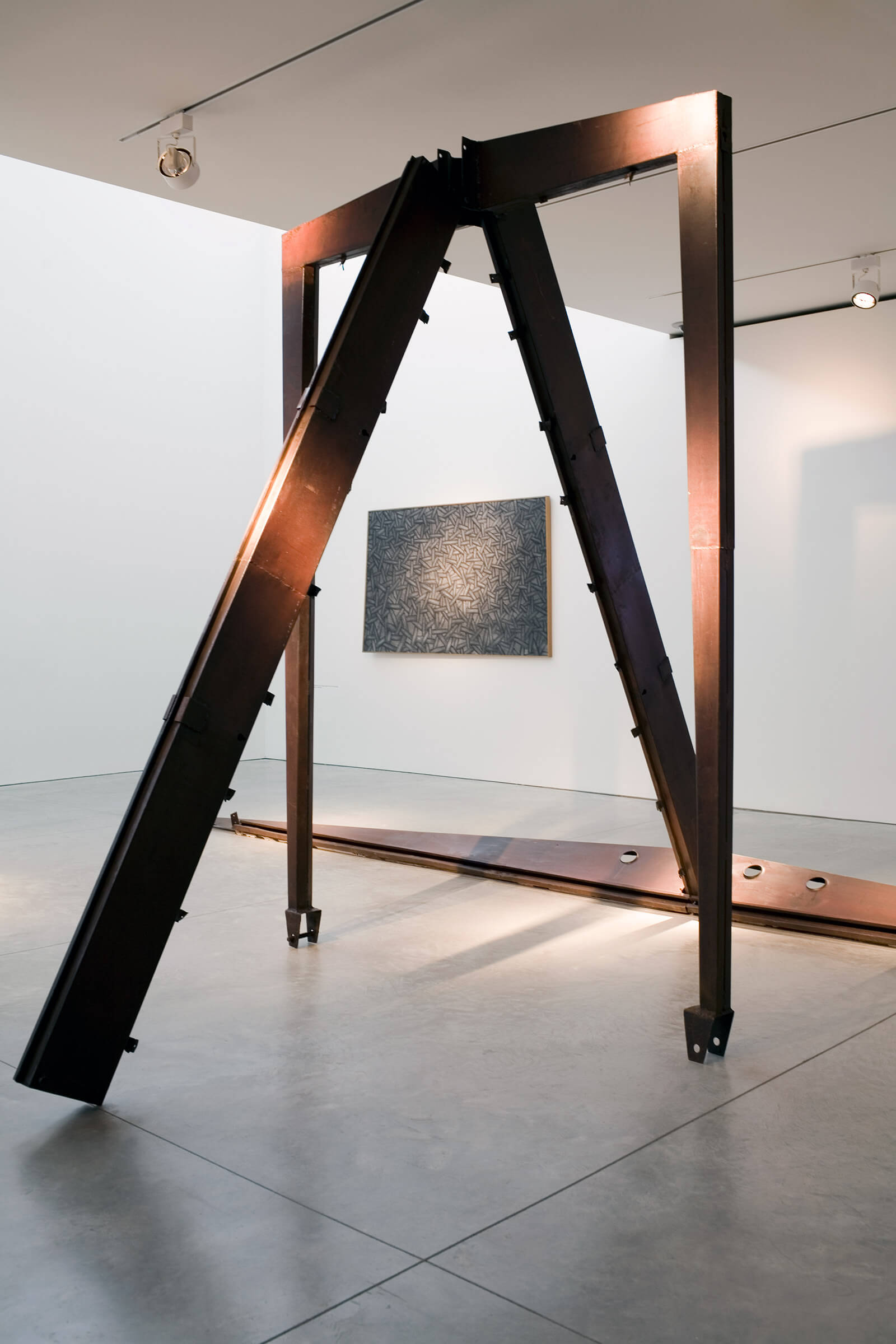
Installation view ‘In Their Own Words’, 2008
COURTESY: Friedman Benda
Marc Benda: That show taught me that you can spin an artist’s words or work as much as you want but there is the perception of the work in the artist’s mind – and over time in the public’s mind – and you can’t spin that. It is something that evolves and you can’t control it. And it taught me that it is very important to let the work speak for itself, that the gallery is not a brand, or a translator: the gallery is literally a platform under it. Many of our shows are learning processes that not only inform how we perceive and show a particular artist, but how we as a gallery go forward with our business.
TDE: What do you think you do best, as a gallery?
Jennifer Olshin: I think our great strength is in creating a platform where designers feel emboldened to take risks and to reinvent themselves. To follow the trajectory of a dream is something that sometimes artists need support to achieve. Providing the safe place to take the leap, is really important. Going back to the idea of reinventing themselves, Faye Toogood articulates it really well in her new show Assemblage 6 because it is all based on her notion of “unlearning.” She asks, what if we were children again and we could relearn how to do things, bereft of our adult assumptions, and regain a pure creativity?
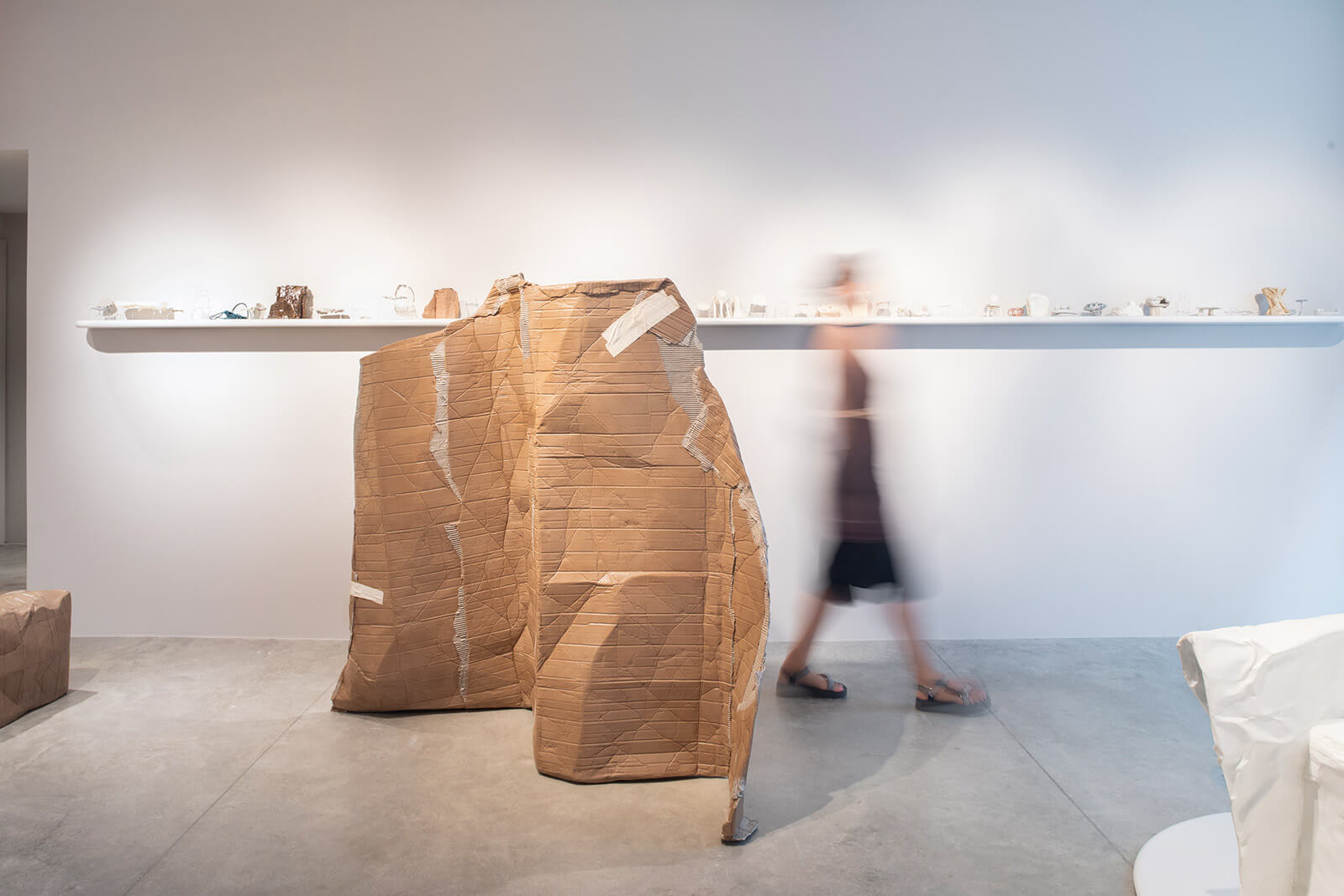
Installation view, Faye Toogood ‘Assemblage 6: Unlearning’, 2020
COURTESY: Friedman Benda and Faye Toogood / PHOTOGRAPH: Daniel Kukla
She tapped into that for herself, following a period when she had children, but the idea of unlearning is a very good metaphor for how we operate with all our artists. And once we have collaborated on a fresh body of work, it is important that we stand behind it, that we place it in the context of what we are doing at the gallery, but also in the design world at large. We spend time making sure that the work is in the encyclopaedia of design, giving it exposure. And then, through relationships with museums, journalists and most recently, our Design in Dialogue series, we seek to engage in a wider dialogue around design and reach broader audiences.
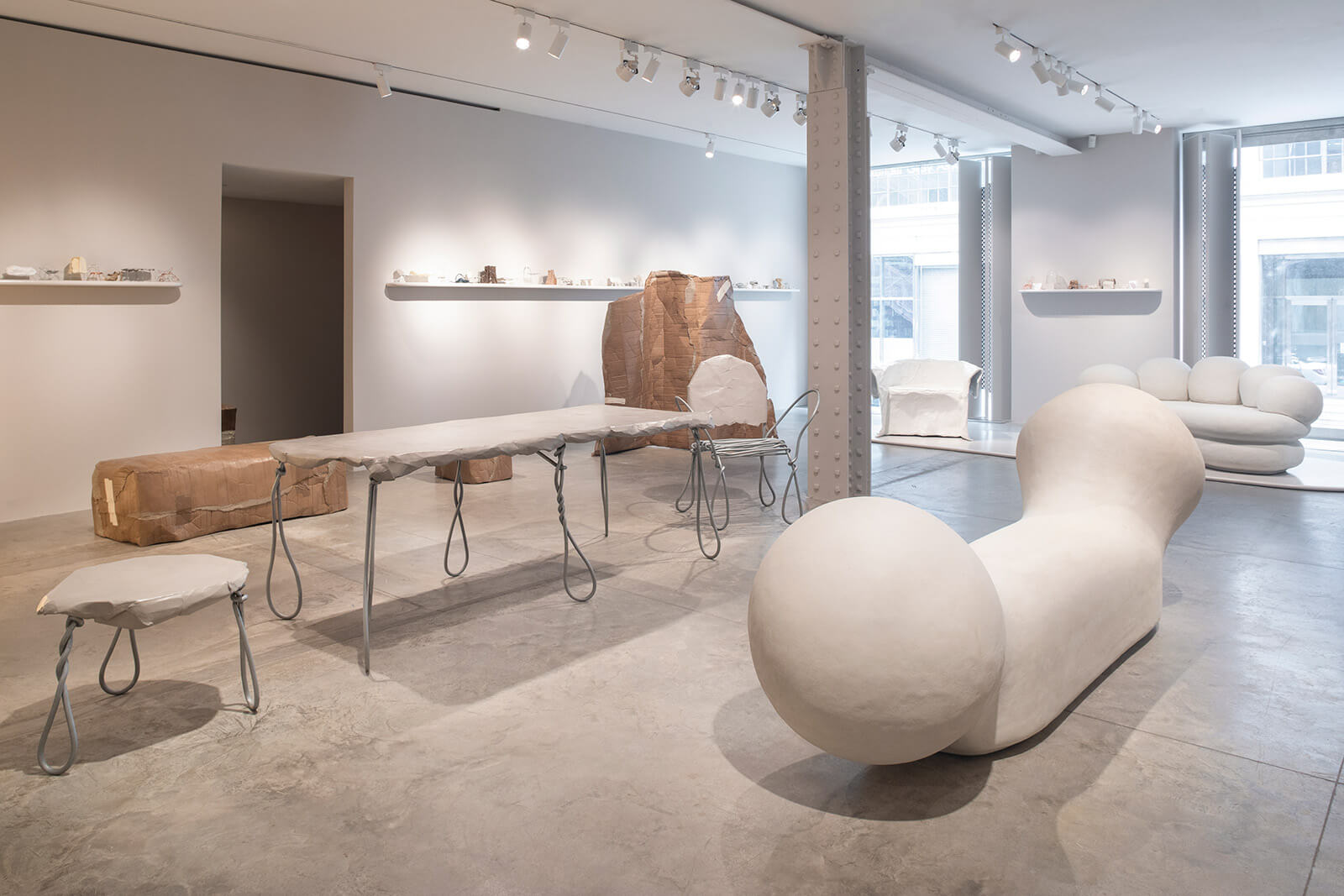
Installation view, Faye Toogood ‘Assemblage 6: Unlearning’, 2020
COURTESY: Friedman Benda and Faye Toogood / PHOTOGRAPH: Daniel Kukla
Marc Benda: The aspect of community is important. Do you come to us to consume an object, or do you come to us to be part of the story? The whole idea of storytelling is very important to us, this whole conversation, the institutional relationships, this fostering of research and dialogue, connecting these various, disjointed parts of our ecosystem. That is what we try to do best, this layering of narratives, this contextualising of objects and not just selling the coolest coffee table right now.
TDE: What do you want to do next?
Jennifer Olshin: I am fascinated by the different realms that constantly open up as tableaux to express design – it’s not just the home, it’s outdoors; it’s not just interior and exterior, it’s the public realm and beyond. So I am curious about what is going to happen once we go further into space and what the meaning of “space” involves. A lot of architects are figuring out new ways to build on water, I am interested in that. I am interested in subterranean realms that we don’t yet see; I am interested in virtual realms. Closer to home, there are conversations that have always been here but need to be amplified. The universe is constantly shifting and so we are always watching for what comes next and pivoting to capture and share it.

Installation view, Misha Kahn ‘Midden Heap’, 2017
COURTESY: Friedman Benda and Misha Kahn / PHOTOGRAPH: Daniel Kukla
Marc Benda: We have a lot to do, we have a long way to go to grow. We have only just started the rhythm of taking on young artists and giving them a voice, and we have only just started understanding what the elders have really handed down. One big ambition was this Design in Dialogue which was born out of the particular situation of COVID – its origin is in this idea of community. We are really in an age of consumption, and I think a lot of designers have very thoughtful ways of addressing that because they are using materials, they are making things, and that today is a statement in itself. I would like to stay a conduit between what these people are postulating and the vast populations that are well-educated, but whom we will never have access to because we are drowned out, by much bigger noise. My ambition is really to give these designers a voice that can compete with some of the noise we encounter in our lives.
Friedman Benda – presents an international, multi-generational roster of established and emerging designers who create historically significant work.
